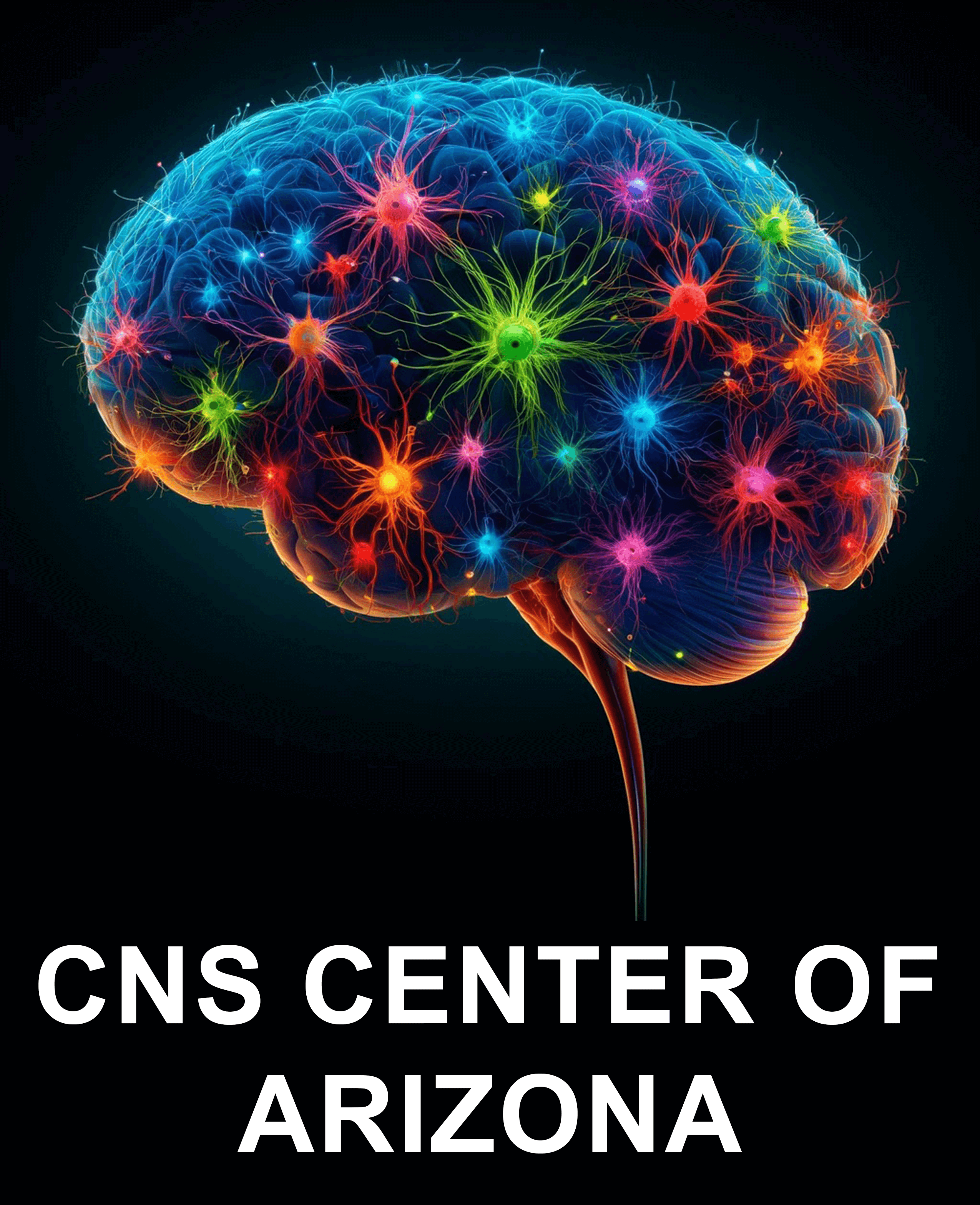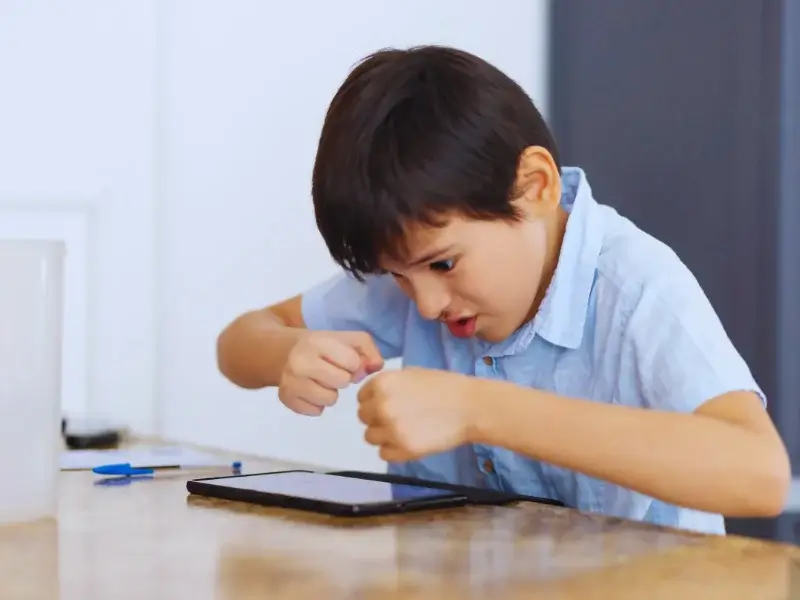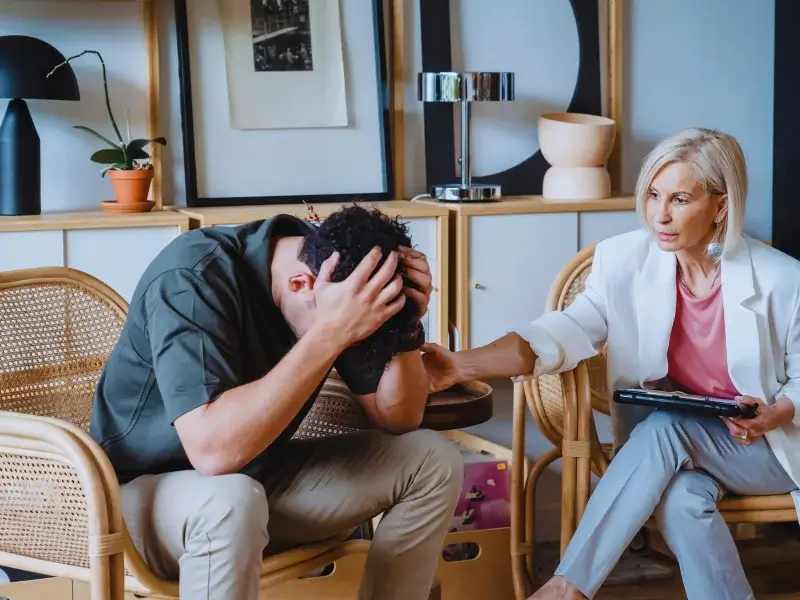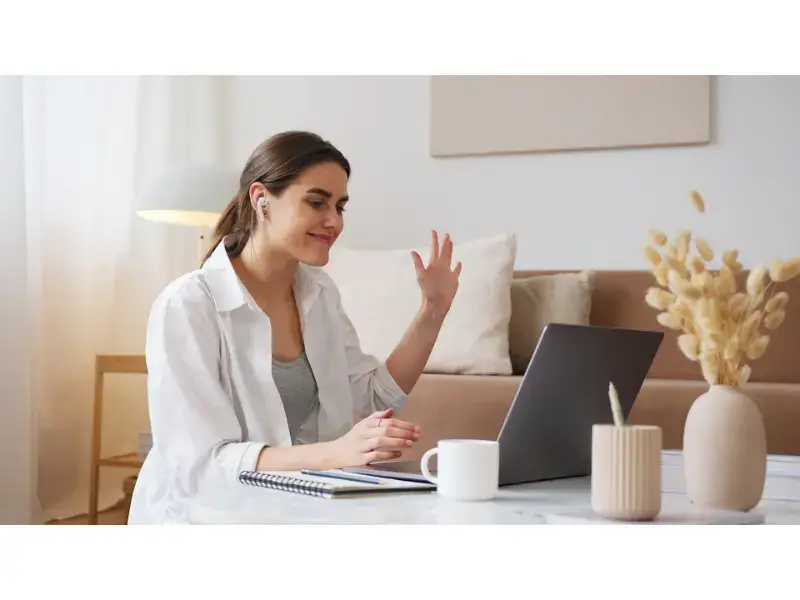Most people now spend many hours each day on screens, and that daily load can change how you think and feel.
The U.S. average screen time is roughly seven hours a day across devices, and mobile use makes up a large portion of that total.
Long hours on small screens can cause digital eye strain and sleep problems, both of which make attention worse the next day.
For those with ADHD, the pull of rapid rewards in apps and games can lead to compulsive checking, a pattern some call screen addiction.
If you want to know more about ADHD and screen addiction, CNS Center Arizona provides professional psychiatric knowledge on when to seek clinical care.
Screen Addiction And ADHD: Why Overload Harms Focus
Why ADHD Brains Are Vulnerable To Screen Overload
People and kids with ADHD have differences in attention control and reward processing that make immediate, high-stimulation content especially reinforcing.
When you get constant short rewards such as a like, a new video, or a game score, your brain learns to expect quick feedback.
Over time, tasks that give slow or delayed rewards (homework, work projects) feel harder and less worth starting.
This pattern can look like compulsive checking, restlessness, and rising frustration when you try to focus on less stimulating tasks.
Clinically, this looks like worsening inattention, impulsivity, and lower tolerance for boredom.
Hyperfocus And Addictive Patterns In ADHD
ADHD is not only about being distracted, but also includes episodes of hyperfocus where you get deeply absorbed in an activity.
That strength can turn into a problem when hyperfocus locks you into screens for hours and you lose track of sleep or responsibilities.
Research shows hyperfocus can link to addictive behaviors with digital media, because you may find it harder to step away once you’re deeply engaged.
For parents and adults, the result can be missed sleep, mood swings, and greater conflict at home or work.
Managing hyperfocus means creating external limits and predictable routines so you can use your strengths without losing balance.
Technology And Attention Span: What The Research Shows
Short-Form Video, Rapid Switching, And Attention
New formats like short videos and infinite feeds train your brain to expect rapid novelty.
Studies find frequent short clips and constant switching make longer, sustained tasks harder because your brain becomes tuned to brief rewards.
College and school studies show students who consume lots of short-form content have shorter attention spans for deep reading or lectures.
This does not prove tech alone causes attention disorders, but it shows how media habits shape cognitive skills over time.
If you want better focus, you must practice sustained tasks and limit consumption of short videos in your day.
Multitasking And Divided Attention
Trying to do several digital tasks at once reduces your ability to remember details and slows down problem-solving.
Multitasking with screens, like messaging while studying, and switching tabs while working, fragments attention and increases the time it takes to finish tasks.
For someone with ADHD, divided attention can quickly lead to overwhelm and avoidance of tasks.
Single-tasking and scheduled focus blocks helps rebuild the ability to concentrate for longer periods.
Average Phone Screen Time Per Day: Numbers And Trends
How Much Time Do People Spend On Phones Now?
Recent reports estimate the average person in the U.S. spends about 5 hours and 16 minutes per day on their phones and roughly seven hours total on screens per day.
Those numbers rose during the pandemic and have stayed high as work and social life moved online.
Mobile use is a major driver because phones travel with you and are designed for frequent short interactions.
Knowing these averages helps you set realistic personal goals.
You can start by cutting mobile time by 30–60 minutes per day to make a difference in sleep and focus.
Trends For Children And Teens
Children and teens often use devices even more, especially for social media, video, and gaming.
Pediatric and psychiatric groups recommend focusing on healthy habits rather than a single “safe” number, because needs vary by age and family.
Still, many clinicians warn that very high daily screen time in early childhood correlates with greater attention problems later on.
Parents can track usage and prioritize device-free family routines to protect developing attention skills.
Digital Eye Strain And Eye Strain Symptoms
Common Signs Of Digital Eye Strain
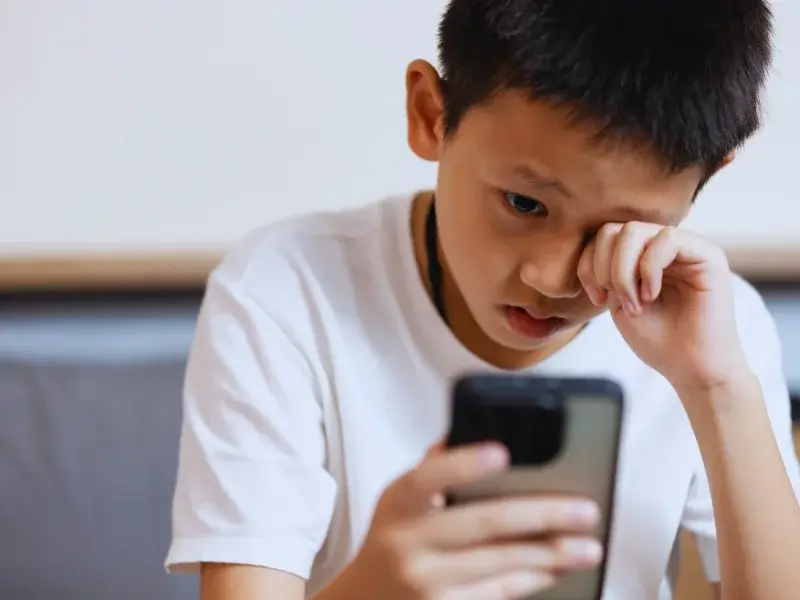
Spending long hours looking at screens commonly causes eye strain symptoms: headaches, dry eyes, blurred vision, and neck or shoulder pain.
The American Optometric Association describes this cluster as computer vision syndrome or digital eye strain, and it is widespread among people who work on screens all day.
Symptoms often improve by changing lighting, screen distance, and taking regular breaks using the 20-20-20 rule.
The rule consists of looking at something 20 feet away for 20 seconds every 20 minutes.
These simple steps reduce discomfort and help you keep attention during long tasks.
Sleep Disruption And Blue Light
Evening screen use can delay sleep because light from screens suppresses melatonin and signals your brain that it’s not yet time to sleep.
That late-night exposure reduces sleep quality and duration, and poor sleep directly worsens attention and mood the next day.
Limiting screen use in the hour before bed and using night-shift or blue-light filters can help, but behavioral changes such as turning screens off before bedtime, are the most reliable fix.
If sleep problems persist, mention them to your clinician because sleep and ADHD symptoms often interact.
Parental Controls And Screen Time Lock on iPhone
How To Use Screen Time Lock on iPhone And Other Tools
If you have an iPhone, Screen Time in Settings lets you set app limits, schedule downtime, and lock settings with a passcode so your child cannot change them.
For Android and Chromebooks, Google Family Link provides similar controls to set daily limits and lock devices when time is up.
Limits Of Parental Controls Alone
Parental controls help, but they do not teach self-regulation.
If you only lock a device without explaining why, kids may become secretive or shift to other unsupervised devices.
Controls work best when paired with routines, rewards for device-free time, and shared family activities.
Also check for workarounds (VPNs, secondary devices) and review settings regularly to keep them effective.
Parents who model the same rules are more successful at changing habits.
Medication, Therapy, And Behavior Plans
Medication Management For ADHD
Medication can reduce core ADHD symptoms like inattention and impulsivity and make it easier to follow routines and digital limits.
Stimulant medications are common and usually well studied, but the choice and dose are individualized and reviewed regularly.
Clinicians monitor sleep, appetite, and mood and make adjustments to fit your routine and goals.
Medication is one tool; pairing it with behavioral strategies gives the best results for school and work.
Behavioral Therapy And Parent Coaching
Behavioral therapy and parent coaching teach skills to manage attention, set limits, and respond to outbursts.
Therapists work with families to build consistent reward systems and to reduce arguments about devices.
For teens and adults, cognitive-behavioral strategies can improve planning, time management, and impulse control.
Therapy helps you build practical steps that fit daily life rather than only relying on tech locks.
Digital Therapeutics And Guided Programs
Some digital programs aim to improve attention with targeted exercises; meta-analyses show modest benefits for certain digital therapeutics in pediatric ADHD.
These programs may help when used with clinical oversight, but they are not a stand-alone cure.
Discuss such tools with your clinician before starting them, so you integrate them into a consistent treatment plan.
Evidence supports a combined approach: medication, therapy, routine, and skill practice.
Practical Tips For Adults With ADHD To Reduce Screen Overload
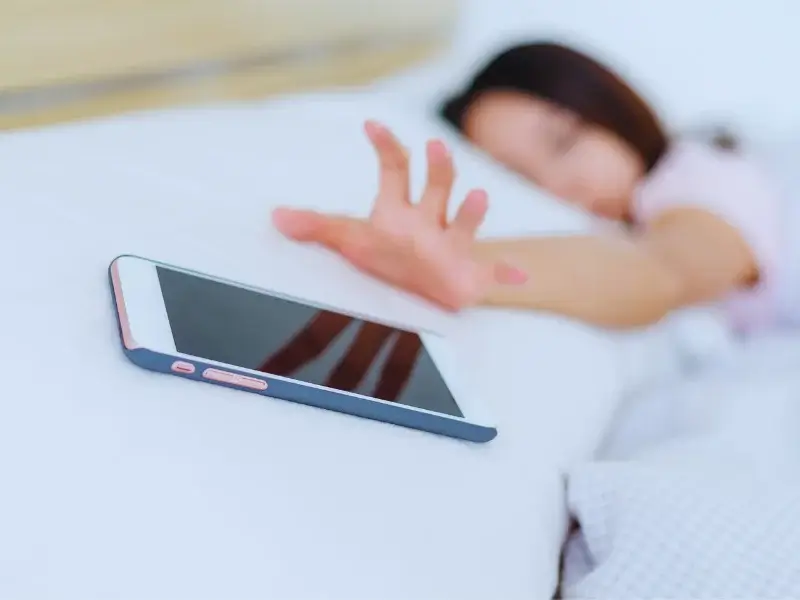
Use Device Settings And Focus Modes
Use built-in tools like Screen Time, Focus mode, or app timers to limit interruptions.
You can set strict work hours, block distracting apps during focus blocks, and use a Screen Time passcode if you need stronger limits.
Pair settings with environmental changes: larger screens for work, single-tasking windows, and headphones for noise control.
These changes lower the drag of constant novelty and make longer tasks easier to finish.
Build Short, Manageable Work Blocks
Work in short, scheduled focus periods with clear breaks.
For instance, do 25–50 minutes of focused work followed by a 5–10 minute break.
Use a visible timer so you commit to the block and take a true break away from screens.
Physical movement during breaks resets attention and reduces digital fatigue.
Over weeks, these blocks expand your capacity for sustained work.
Protect Sleep And Morning Routines
Start your day with a fixed routine that does not include social media or email for the first 30–60 minutes.
Keep screens away from the bedroom and use night settings to lower blue light.
Better sleep restores attention and reduces cravings for easy rewards from devices during the day.
If sleep does not improve, talk to your clinician about assessment because sleep disorders often co-occur with ADHD.
When To Seek Professional Help
Clinical Services For Evaluation And Management
CNS Center of Arizona conducts psychiatric evaluations for children, teens, and adults to clarify ADHD and related concerns, including problematic screen use.
Our practitioners review attention history, screen habits, sleep, and mood and use standardized measures when helpful.
From that evaluation, we outline treatment options such as medication management, therapy referrals, and behavioral plans that fit family routines.
Telepsychiatry appointments make follow-up easier for busy families across Arizona, Colorado, and Utah.
Collaborative, Practical Care For Families
We work with families to set realistic daily limits, design reward systems, and coordinate with schools or therapists when needed.
If medication is recommended, we discuss how timing affects school and sleep and monitor side effects carefully.
Our team at CNS Center of Arizona focuses on simple, practical steps you can use at home and in school so you see early improvement.
If a digital program is considered, clinicians evaluate evidence and fit before recommending it.
Schedule an ADHD Evaluation With Our Clinicians
ADHD and screen addiction are linked by how digital rewards shape attention and reward systems, and heavy phone use can worsen attention for people of all ages.
CNS Center of Arizona conducts ADHD evaluations, medication management, and therapy referrals by clinicians who work with families to create practical routines and safety plans.
If you are worried about persistent problems, call to schedule an evaluation or book a telepsychiatry visit to discuss next steps.
